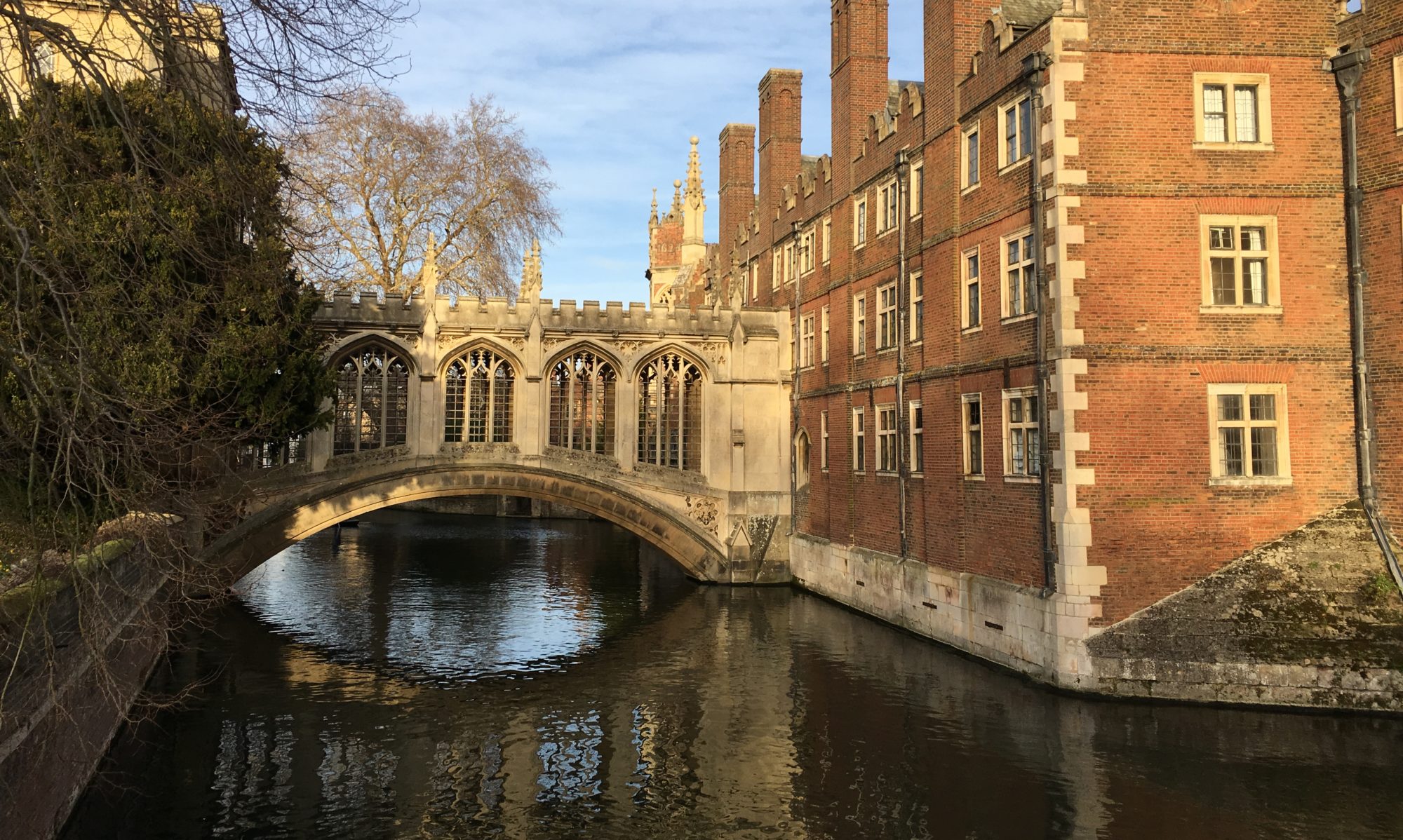In April, I officially graduated from the University of Cambridge. High time for a post on where it happened.
The University of Cambridge, like any long-evolving entity, is a labyrinth of vestigial traditions: customs that have shaped the life of the place, but have shrunk over time until only ceremony is left. Perhaps nothing is more emblematic of this than the Senate House. This neoclassical 18th century building at the heart of the city was for 200 years the meeting place for the University Senate, the then-governing body of the University. Alumni became members of the Senate on receiving their Master of Arts (MA). The MA was already vestigial by the 1700s: a status bequeathed 6 years after matriculating as a BA, rather than a degree as you would normally think of one (more on this later). Cambridge MAs in the Senate could vote on anything from whether to continue requiring Greek exams, to whether to grant women degrees and membership in the University. The latter was voted down twice by the all-male Senate, in 1897 and in 1921, and not granted until 1948, after the Senate had been made vestigial. Now, the only thing of consequence the Senate votes on is the appointment of the University Chancellor.










